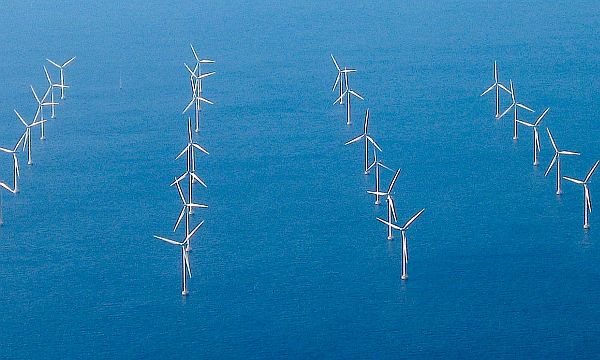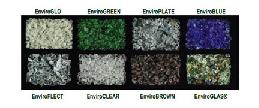
Google smells enormous potential in the large-scale submarine power cable project deep under the surface of the ocean off the east coast of the United States. And hence is eying to invest their funds in building enormous submarine electric power cable project along United States Atlantic coast along with Trans-Elect. The project is conceived to transmit clean power from the offshore wind farms to the country’s most populated areas.
With the initial start up, the cable will be stretching 563 K.M. (10-20 miles) off the coast areas from Virginia to New Jersey, which is known as the spine of Atlantic Wind connection. This wide range of network is expected to link several power plants generating the capacity to carry 6,000 megawatts of clean electricity, enough to serve around 1.9 million homes. The transmission system of the power project will accumulate power generated from several offshore wind farms and transmit it through cables to the land-based areas.
On 5th April 2011 Tuesday, during the panel debate at Fortune’s Brainstorm Green Conference, the company’s energy czar, Bill Weihl said:
It’s a piece of what could become the interstate highway system of the electrical grid. It will make it easier for people to site offshore wind.
According to the promoter of the project, DC-current cable will hopefully catch the attention of wind farm developers to build more and more wind farms off the East coast of the United States.
The offshore wind farm has lot of benefits as compared to onshore wind farms. Out of many, the main advantage is steady and strong breeze in the remote and untouched areas that helps to generate more power. Although it is more costly, currently there are no offshore wind farms available in the United States that are used for commercial purpose.
Moreover, cost is not the only issue. One more major difficulty to build wind farm is the transmission. The big question to setup offshore wind farm is how to transmit power to such remote places where wind blows towards the cities where it is consumed.
Source: CNN Money




